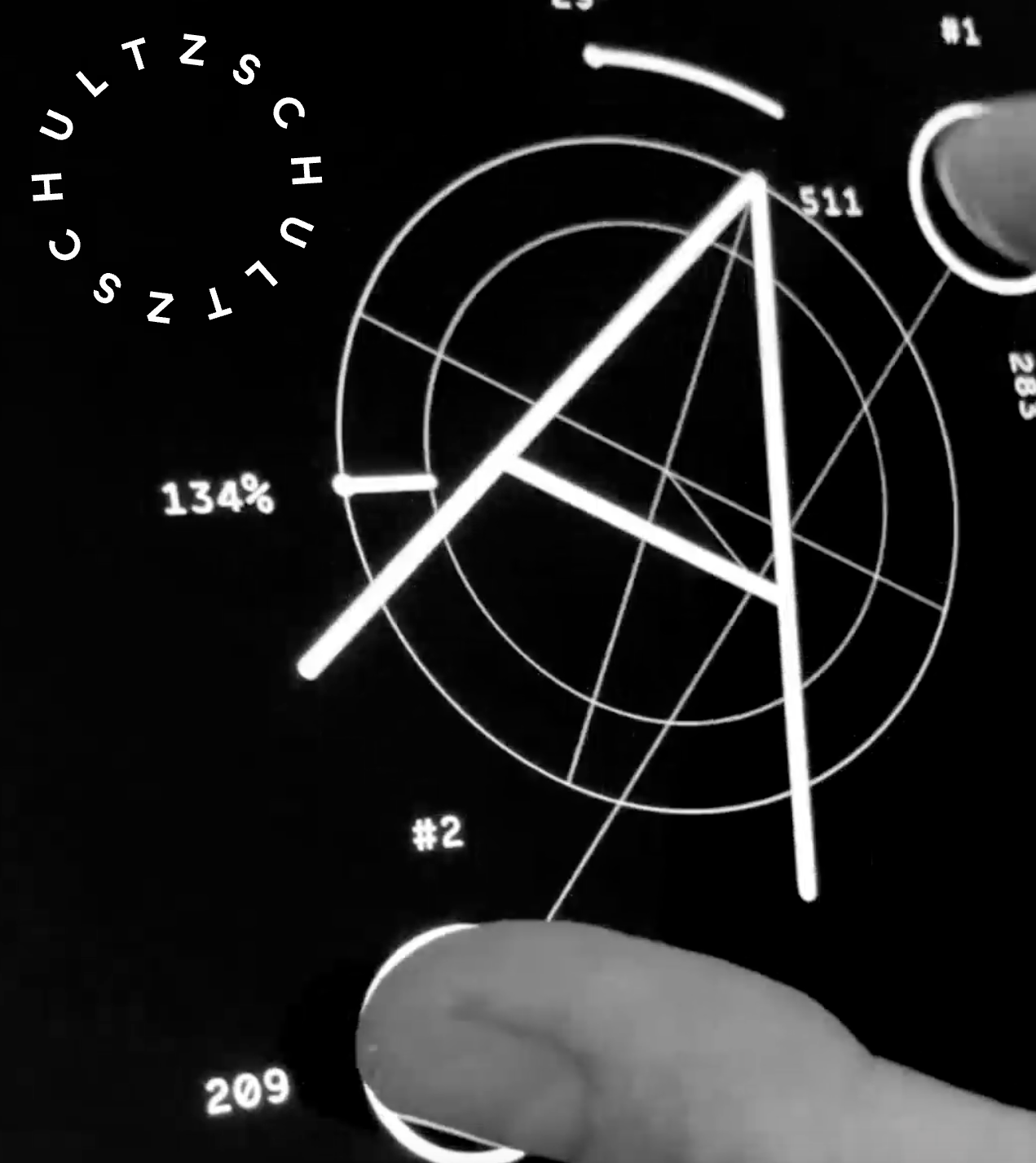Augmented Reality-based Application
Playback: Interdisciplinary European Research Project
Zoya Laskowski / Duesseldorf, Germany
AR Integration of
Literature & Design
Virtual Exhibition Showcasing Student Projects Through AR Innovation
Professor Zoya Laskowski - Class of Creativity & Design / Oklahoma City
While Technology including AI can
create efficient and aesthetically pleasing designs, human creativity comes with
emotional depth,
conscious decision-making, & a unique understanding of context
that an AI, even with advanced algorithms, can’t replicate.
A designer’s unique style can be explained scientifically through a combination of cognitive processes, neural pathways, & environmental influences.
The Science Behind a Designer’s Signature Style: How the Brain Shapes Creativity
In essence, a designer’s style is a unique neural fingerprint—a combination of cognitive learning, muscle memory, personal experiences, and environmental influences, all wired into their brain over time.
Neural Plasticity & Experience
The brain constantly adapts based on experiences. Every project a designer works on strengthens specific neural connections, reinforcing certain aesthetic preferences and decision-making patterns. Over time, these patterns become their signature style.
Visual Perception & Memory
Designers unconsciously build a mental library of colors, shapes, and compositions based on past experiences, cultural exposure, and personal interests. When creating, their brain pulls from this library, leading to a unique stylistic approach.
Motor Skills & Muscle
Memory
Just as handwriting is unique to each person, hand movements, tool preferences, and workflow habits shape a designer’s execution. This is why two designers using the same software or tools can produce vastly different results.
Cognitive Bias & Emotional Connection
The brain favors certain styles based on personal emotions, past experiences, and even genetics. For example, a designer drawn to symmetry might have a cognitive preference for order, while another embracing chaotic compositions may have an affinity for expressive, freeform creativity.
Feedback Loops & Adaptation
Each time a designer receives feedback, their brain evaluates, adjusts, and refines their approach. This continuous process further sharpens their personal style over time.
1. Cognitive Processes and Intent:
Human designers are driven by conscious intent, emotions, and problem-solving. Their designs are often shaped by their personal experiences, cultural context, and emotional responses to the project. For example, a designer might choose certain colors or shapes to convey a feeling or narrative. AI, however, lacks emotions and consciousness. It generates designs based on algorithms, patterns, and data, without any intrinsic understanding of meaning or emotional connection.
2. Creativity and Originality:
Human creativity is iterative—it involves conscious exploration, risk-taking, and even the embrace of mistakes. Designers may intentionally break rules or experiment in ways that lead to unexpected innovation. AI, while it can generate novel combinations, is limited by the data it’s trained on. Its creativity is based on pre-existing patterns and information, and it lacks the spontaneity and cognitive flexibility that humans bring to their work.
3. Context and Storytelling:
A human designer often brings a deep understanding of context—whether it’s the brand’s story, the emotional tone of a project, or a cultural reference that resonates with an audience. Human designs often carry subtle nuances and layers of meaning, informed by experience, intuition, and personal connections. AI designs may be technically sound but may lack depth in terms of narrative or context because the AI doesn’t have the same awareness of the world outside of its training data.
Neuer Text
4. Problem Solving and Decision-Making:
Human designers approach design as a problem-solving process. They consider the
user experience, the
brand identity, and the
purpose of the design while adapting it to ever-changing requirements. AI, in contrast, approaches the design with
fixed parameters and
optimizes for specific outcomes (e.g., aesthetic appeal based on patterns in data) but does not make decisions based on an understanding of broader contextual needs.
5. Human Touch and Imperfection:
Human designs often have a personal touch, an imperfection or uniqueness that reflects the designer’s hand, style, and intention. These imperfections can create a sense of authenticity and emotional connection. AI-generated designs are typically more polished and symmetrical, with little to no imperfection, which can sometimes result in a design that feels sterile or lacking in personality.

























